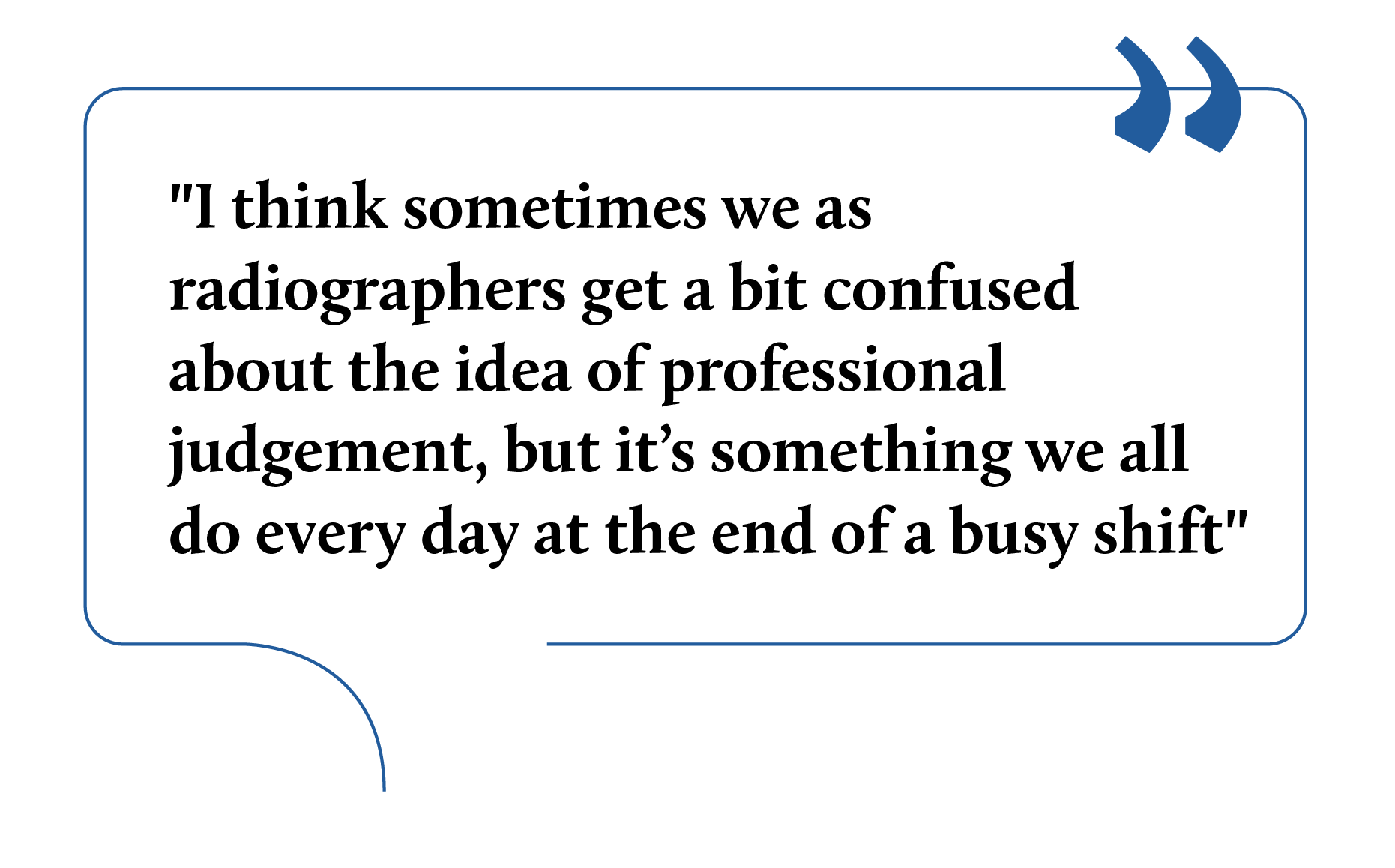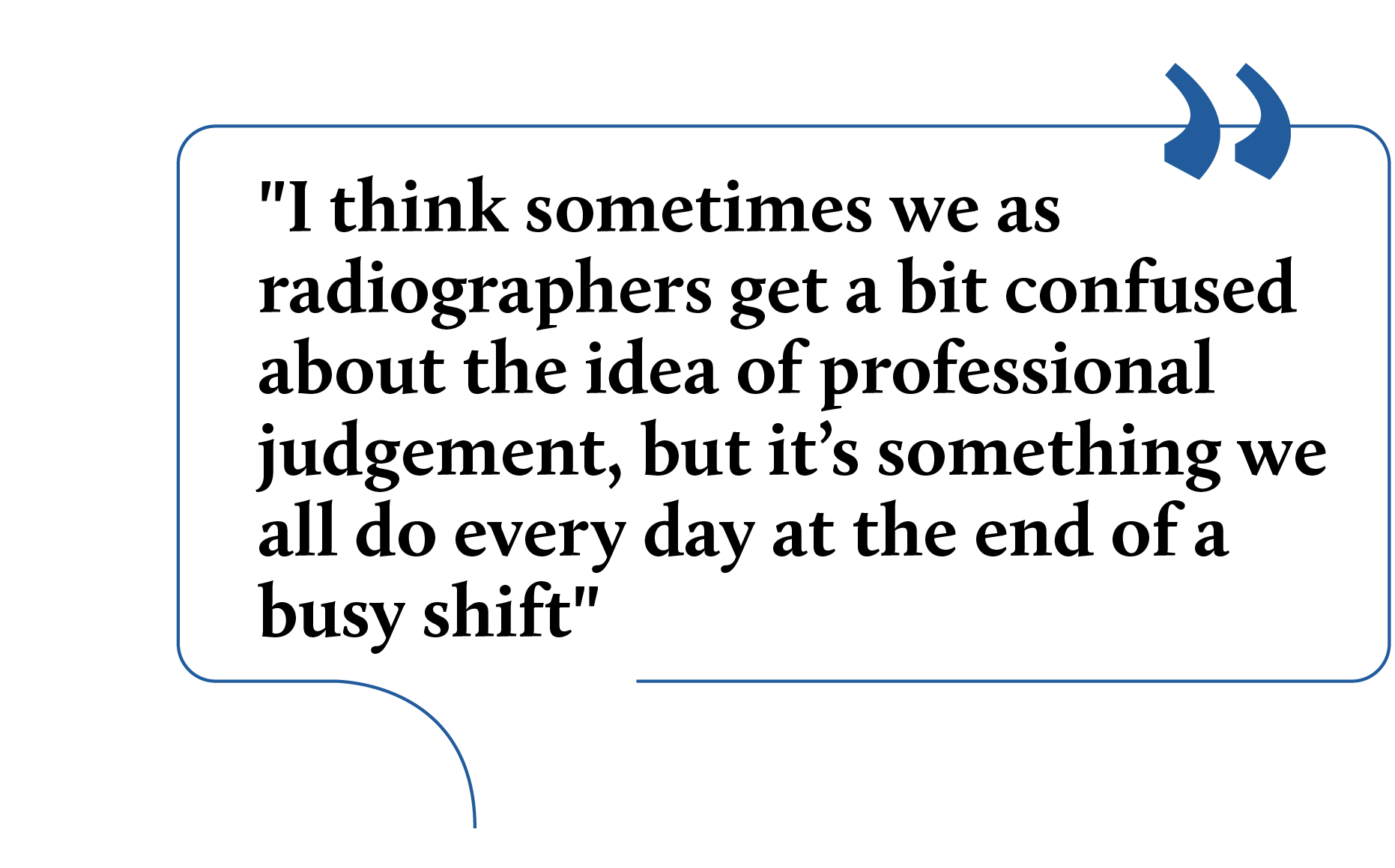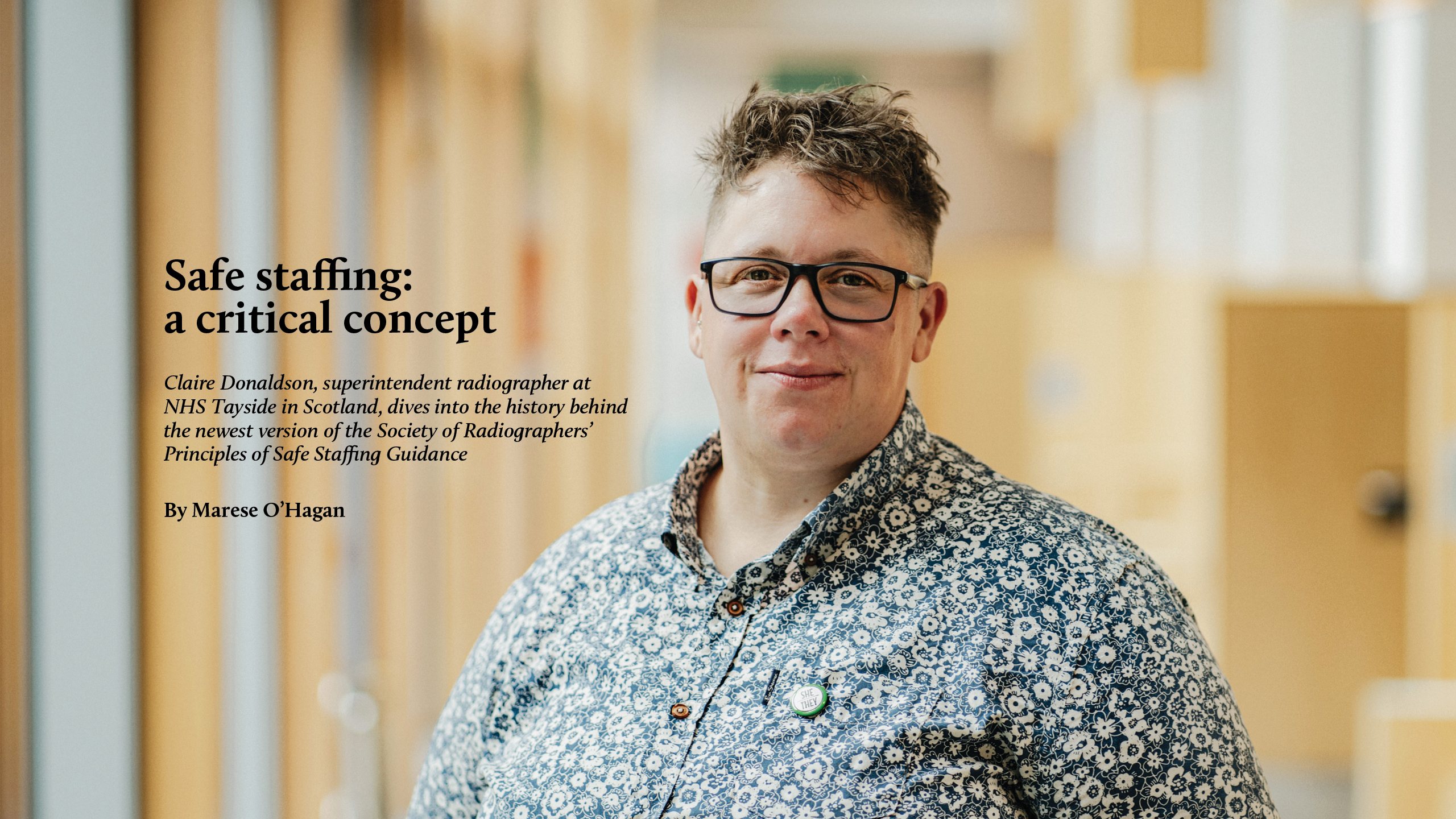
At a time when NHS-wide issues are a regular staple in our headlines, the SoR is committed to exploring the most pressing concerns to ensure all radiographers are supported to do their jobs efficiently, safely and happily. As such, the SoR’s latest Safe Staffing Guidance document, published in July, couldn’t have been released at a better moment.
The updated document began to take shape after Claire Donaldson, superintendent radiographer and former SoR president, took part in a pilot programme run at her trust, NHS Tayside, and Health Information Scotland (HIS). The pilot sought to test tools among allied health professionals (AHPs) that had originally been developed for nursing.
The tools were created by HIS, the body responsible for reporting against Scotland’s 2019 Safe Staffing Act (which was passed into law in April 2024). Nonetheless, the pilot was deemed unsuccessful because of its lack of relevance across all 14 AHP titles. “One of the biggest feedbacks we had from that pilot was that the tools weren’t particularly well designed to understand how all AHP staff groups work,” says Claire. “Our feedback was that they weren’t fit for purpose to represent how radiographers work.”
At the time, Claire had been in a clinical role as superintendent radiographer at NHS Tayside. A secondment into the North Imaging Alliance then brought opportunities and resources to develop a set of radiology-specific tools that could alleviate safe staffing concerns. Here, Claire acted in a clinical support position to project manager Lorna Pennycook.
The ultimate aim was to develop a “more appropriate tool for how radiology services work”, taking their complexities and requirements into account.
Delving deeper
Two HIS tools were selected to be assessed and tweaked. The first tool focused on professional judgement, a concept that goes far beyond considering the “numbers on the ground”.
At its most basic level, professional judgement concerns the make-up of staffing in a team. Those in charge are then encouraged to set the appropriate safe staffing level across multidisciplinary teams, based on their own judgement.
On the field as a radiographer, Claire says professional judgement is often part of everyday conversation – whether their fellow radiographers realise it or not. “I think sometimes we as radiographers get a bit confused about the idea of professional judgement, but it’s something that we all do every day at the end of a busy shift,” she explains.
“We might be getting changed, and we would say to our colleague: ‘That was a busy day, wouldn’t it have been better if we had another band five? Or another band six? Oh, wouldn’t it be great if we’d have had another assistant that day?’
“That is a professional judgement conversation; you understand the level of patients that you had, and the number and type of staffing that you need to deliver a safe service.”
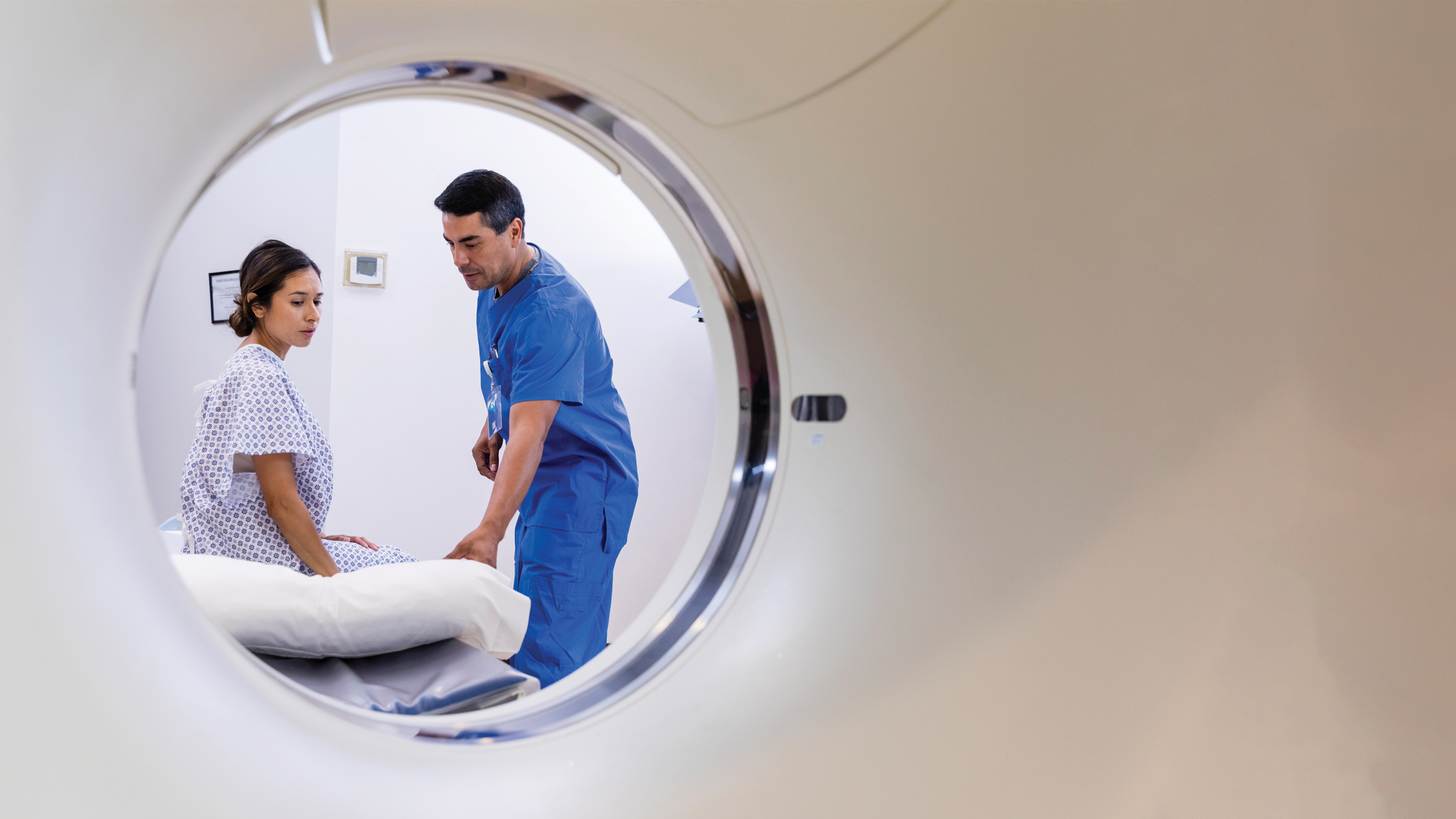
Focus on people
The second tool looks at how professionals carry out their work, focusing on indirect care and additional workload. This includes tasks such as attending meetings, answering emails and cleaning.
The aim of piloting this tool was to find disparities in day-to-day tasks; for example, identifying whether the most appropriate person is carrying out a certain function. “So you may have a senior radiographer with a lot of experience actually spending a lot of time arranging appointments,” Claire continues. “And you could then, say, make the argument that an additional admin staff member would support that team to deliver a more safe service, because you’d have the person with the appropriate skills doing the right part of the patient pathway.
“So really, the tools themselves are designed to help build data and evidence.”
Both of these tools – adjusted to radiography specifically – were then piloted. The MRI team at NHS Tayside agreed to go under the microscope first, and the NHS Grampian team at the Aberdeen Royal Infirmary were to be the subject of the second pilot.
The schemes were resounding successes. But these didn’t just result in a set of optimised safe staffing tools. The involved teams and hospitals also benefitted from the pilots, making use of the data gathered and giving “excellent” feedback.
Focus on people
The second tool looks at how professionals carry out their work, focusing on indirect care and additional workload. This includes tasks such as attending meetings, answering emails and cleaning.
The aim of piloting this tool was to find disparities in day-to-day tasks; for example, identifying whether the most appropriate person is carrying out a certain function. “So you may have a senior radiographer with a lot of experience actually spending a lot of time arranging appointments,” Claire continues. “And you could then, say, make the argument that an additional admin staff member would support that team to deliver a more safe service, because you’d have the person with the appropriate skills doing the right part of the patient pathway.
“So really, the tools themselves are designed to help build data and evidence.”
Both of these tools – adjusted to radiography specifically – were then piloted. The MRI team at NHS Tayside agreed to go under the microscope first, and the NHS Grampian team at the Aberdeen Royal Infirmary were to be the subject of the second pilot.
The schemes were resounding successes. But these didn’t just result in a set of optimised safe staffing tools. The involved teams and hospitals also benefitted from the pilots, making use of the data gathered and giving “excellent” feedback.
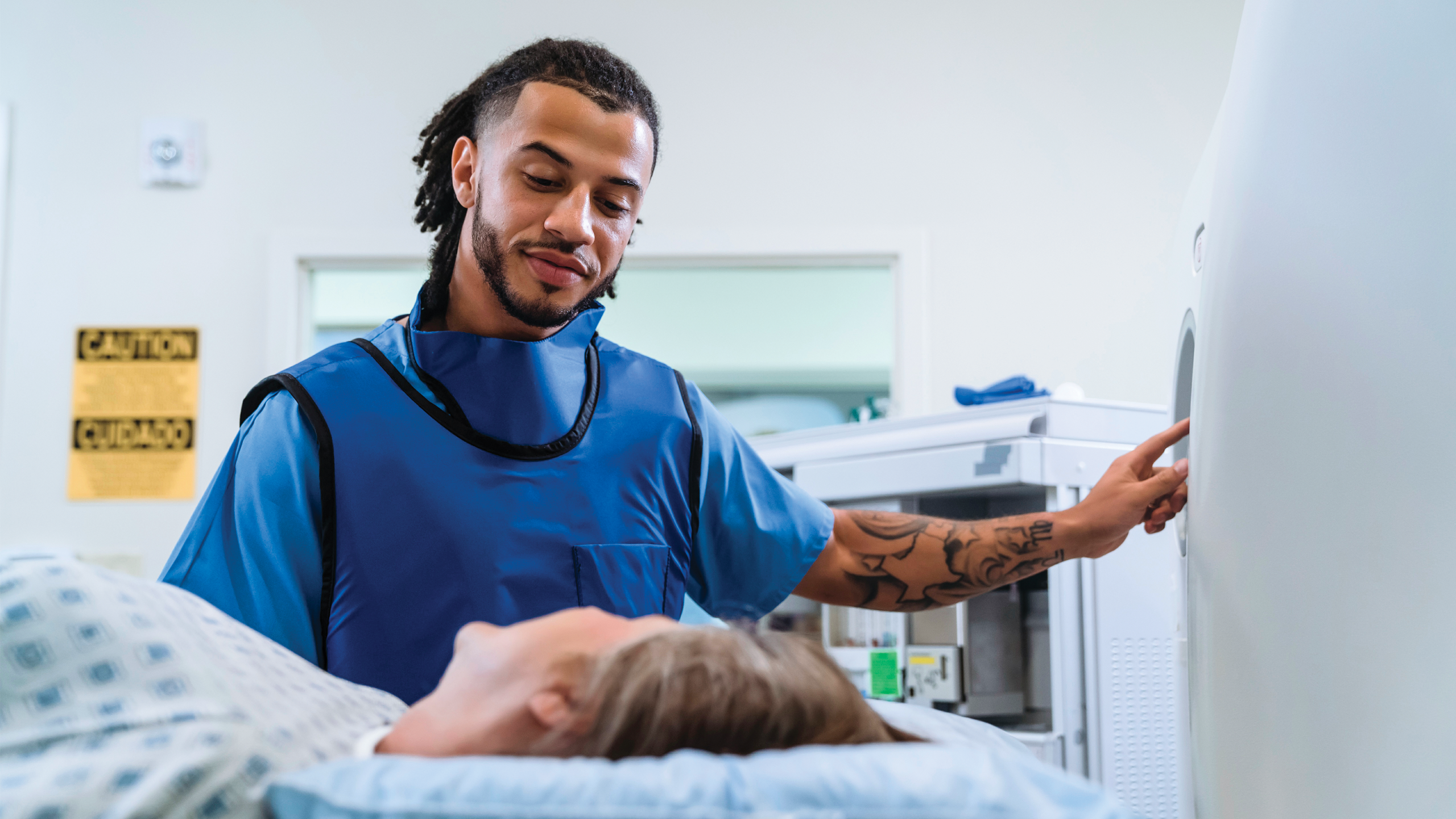
Adjusting the dial
Despite the tools needing a few adjustments, Claire is satisfied with the measures taken to optimise them for radiology: “We’ve now got two finished tools that are available alongside a comprehensive how-to document that will be available with the Safe Staffing Guidance that’s being published by the society.”
Claire says the document gives radiographers the same clear outlook on staffing as their nursing counterparts, as well as ensuring compliance with Scottish law. “My aim, and the aim of the North imaging Alliance, when we developed these tools was to help radiographers get on the same kind of footing as our nursing colleagues, especially in Scotland, where we are now legally obligated to demonstrate that we are compliant with the Act,” she says. “It’s about giving you the tools to get the data to back up what we already know.”
Ultimately, the publication of the SoR Safe Staffing Guidance will be widely beneficial for Scotland-based radiographers. For Claire, the availability of the document also represents a personal accomplishment: an attempt to make safe staffing a priority for all.
“I’ve been involved in developing these tools,” she implores. “I have tried, we have tried, the North Imaging Alliance tried, to make the document as accessible as possible.
“Safe staffing is everybody’s business.”
More about safe staffing
Safe staffing ensures that staff numbers are at an acceptable level in relation to the volume of workload faced by radiographers. When safe staffing is taken into consideration, patients receive more attentive care and radiographers are protected against burnout.
Find out more about safe staffing here.
Image credit:
Eva Slusarek
Getty Images
Read more



